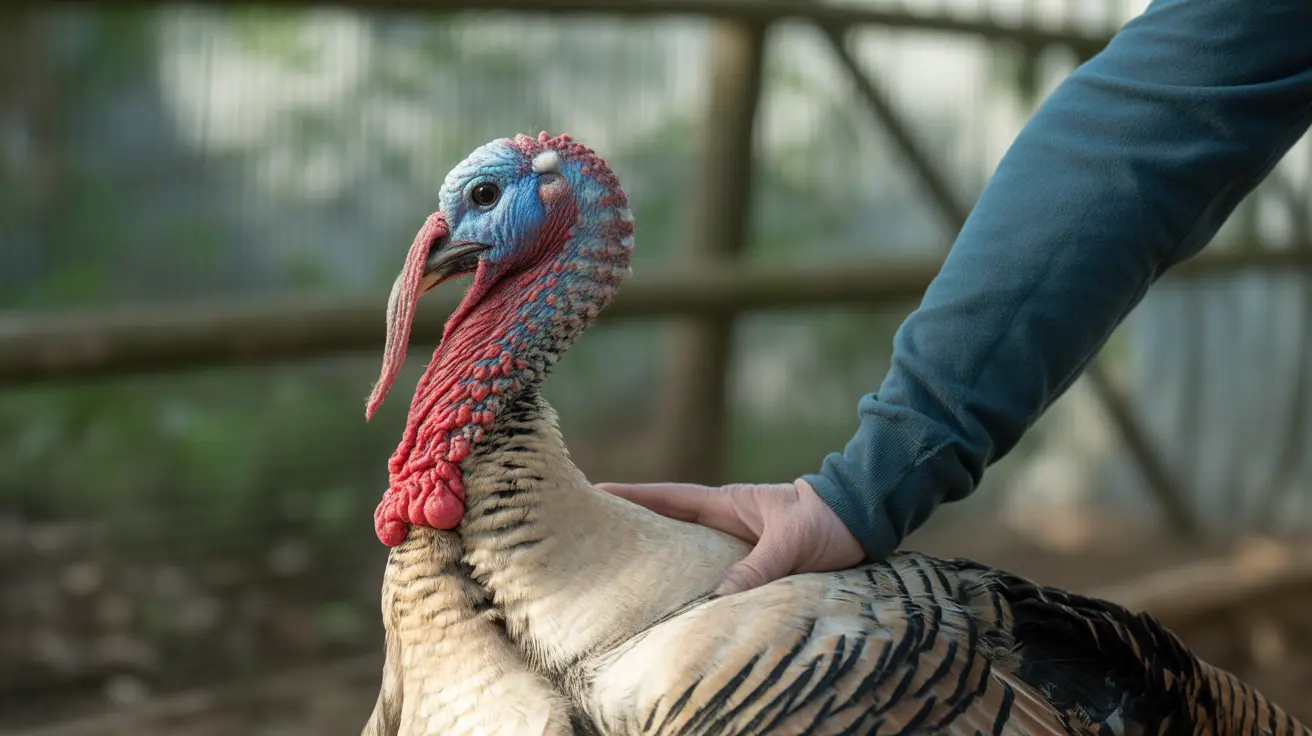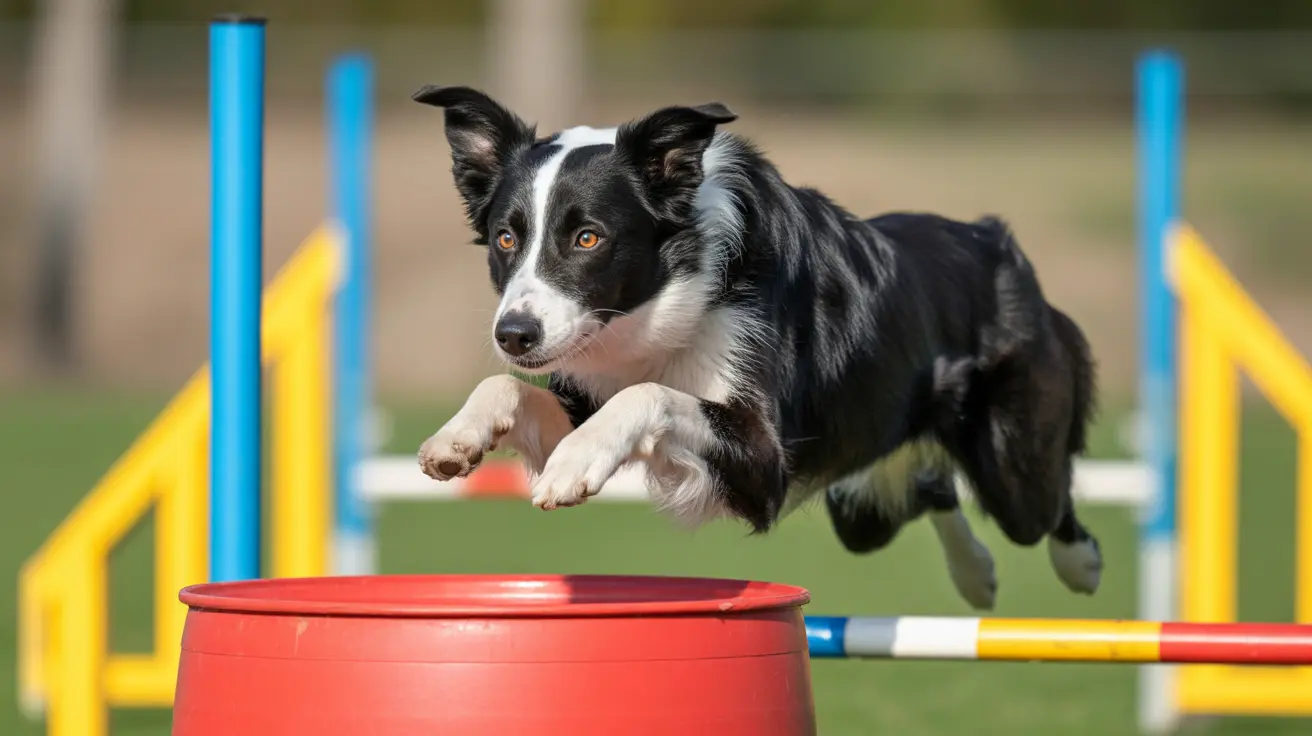Is It Safe to Hold Your Dog Like a Baby?
Many dog owners love to cuddle their pets, and the image of holding a dog like a baby can feel endearing. However, this common gesture—especially when it involves cradling a dog on its back—can pose serious risks to your pet's physical and emotional well-being. Let's explore the reasons behind these risks and how to handle your dog safely.
The Natural Structure of Dogs
Dogs are anatomically built to stand and move upright on all four legs. Their bone and muscular structure isn't designed to support the pressure placed on their spine and joints when held in unnatural positions—such as laying cradled on their back like a human infant.
Risks of Holding Dogs Like Babies
- Spinal and joint injuries: Holding a dog on its back can strain or harm the spine and joints, particularly if the dog struggles or tries to escape.
- Pressure on internal organs: Certain positions may compress a dog’s organs, leading to discomfort or damage.
- Increased anxiety: Restriction or lack of support in specific postures can trigger stress and defensive behavior.
- Learned helplessness: Frequently holding a small dog may suppress their natural behavior, leading to over-dependence and behavioral issues.
Puppies Are Especially Vulnerable
Puppies are physically more fragile than adult dogs. Mishandling them by holding them incorrectly can result in long-term trauma or injury. Always be extra careful and gentle with puppies.
How to Hold a Dog Safely
The best way to handle your dog varies based on their size:
- Small dogs and puppies: Slide one hand beneath the chest behind the front legs and support the hindquarters with your other hand. Hold them close to your body to stabilize their spine.
- Medium to large dogs: Approach from the side, place one arm under the chest and the other under the hindquarters or around the waist. Always lift using your legs, not your back.
- Heavy or impaired dogs: Use proper tools such as ramps, stretchers, lift harnesses, or carriers when physical lifting isn't safe or practical.
What NOT to Do
- Never lift a dog by their front legs, armpits, collar, harness, tail, or scruff.
- The scruff hold, while used by mother dogs on newborn puppies, is not safe for older puppies or adult dogs.
Recognizing Signs of Discomfort
If your dog shows any of the following signs during handling, it’s a clear indication they are uncomfortable:
- Shaking or cowering
- Excessive whining or squirms
- Ears pinned back
- Lip licking or yawning
Never force a dog to be held if they show signs of distress. Doing so can create long-term fear or damage your bond.
Training for Comfortable Handling
Proper handling should start early and be associated with positive experiences. Here’s how to help your dog feel more at ease:
- Start gently during puppyhood.
- Use treats and calm praise during handling.
- Add verbal cues so your dog knows when they’re about to be lifted.
- Handle regularly to build comfort and trust.
- Teach children never to pick up dogs unsupervised.
When Carrying Is Appropriate
There are specific situations when carrying your dog may be necessary:
- Medical transport or post-surgery support
- Dangerous surroundings like hot pavement or busy roads
- Mobility challenges in older or injured dogs
Even then, proper technique and equipment should be used to ensure safety for both the owner and the dog.
Alternative Expressions of Affection
You don’t need to pick up your dog to show love. Alternatives include:
- Gentle petting
- Playing with toys together
- Sitting beside them.
Observe your dog’s behavior and preferences to foster positive interactions and maintain trust.
Conclusion
While it may seem sweet to cradle your dog like a baby, this habit carries significant risks. Understanding your dog’s physical and emotional needs is essential. Respect their comfort, always use safe handling practices, and explore other ways to strengthen your bond.





